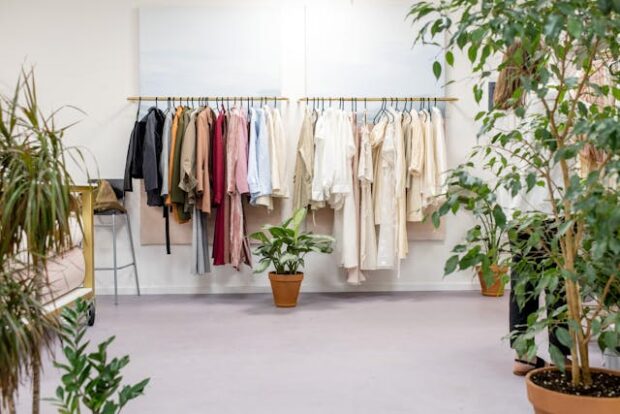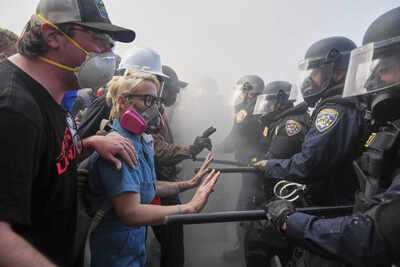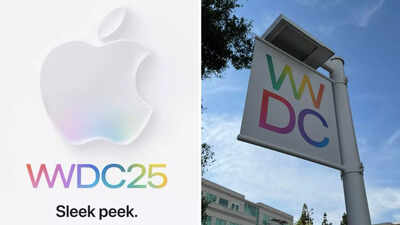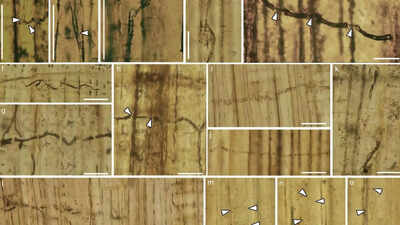
As the world becomes increasingly aware of environmental issues, the fashion industry is evolving to meet the demand for sustainable practices. The intersection of sustainability and style is reshaping the way consumers view fashion, blending ethical production with cutting-edge design. This transformation not only influences how clothes are made but also how they are marketed and sold.
The Shift Towards Sustainable Fashion
Sustainable fashion refers to clothing that is produced, marketed, and used in ways that are environmentally friendly and socially responsible. Brands are now focusing on reducing their carbon footprint by utilizing eco-friendly materials, such as organic cotton, hemp, and recycled fabrics. Companies like Reformation are leading the way by showcasing stylish pieces while ensuring sustainable practices. For more insights on sustainable practices, visit Reformation’s Sustainability Page.
Eco-Friendly Innovations
The fashion industry is witnessing remarkable innovations that prioritize sustainability. For example, Ecovative Design is creating materials from mycelium (mushroom roots) that can replace conventional leather. This not only reduces waste but also provides a biodegradable alternative. Learn more about such innovations on the Ecovative Design Website.
The Vintage Revolution
Vintage and second-hand shopping is gaining popularity as a sustainable alternative to fast fashion. Platforms like ThredUp and Poshmark allow consumers to buy and sell pre-loved clothing, fostering a circular economy that minimizes waste. This trend empowers individuals to find unique pieces while contributing to environmental conservation. Check out ThredUp for a wide range of second-hand options.
Technology Meets Fashion
Advancements in technology are further enhancing sustainability in fashion. 3D printing and AI-driven design are not only reducing material waste but also enabling more efficient production processes. Brands like Nike are exploring these technologies to create innovative, sustainable products. For more on how tech is shaping the fashion industry, see Nike’s Innovation Story.
Conclusion
The intersection of sustainability and style is revolutionizing the fashion landscape. As consumers demand more transparency and ethical practices, brands are stepping up to meet these expectations, blending beautiful design with responsible production. By embracing these changes, both consumers and brands can contribute to a more sustainable future for the fashion industry.














Be the first to leave a comment